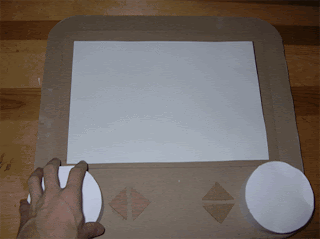Inspired by the humorously unrealistic Santa Claus beards seen across malls and shopping centers around Christmas time I have decided to take on the task of creating a beard prosthetic for the foundations line to mass sculpture project. Comprising of metal wire, twine and string I will be putting together a scraggily and disheveled wearable beard reminiscent of a homeless person or crazed mathematician. The beard will begin with a main armature wrapped around the ears flowing towards the front of the jaw, with branching sections of smaller wire to support the layering and integrity of the beard. Draping down and to the side of these wires will be numerous strands of twine, wire and yarn following no particular style or cut, which will make up the mass of the beard. Each strand will be attached using a generic knot and should require no glue of external fastening. The final product should result in the thick 12-inch beard that you can run your hand through and hopefully fool people into thinking is real.
The reason I chose the beard for this project is because of its connotations with knowledge and its relationship with social class and stereotypes. The beard is a symbol of age and maturity and becomes a ruler for measuring the passage of time. People with beards are often placed into certain categories and societal groups and for this reason I believe the beard prosthesis will offer a unique opportunity to comment on the way facial hair changes the way we look and interact with people. From the rich and powerful to the unconventional and homeless the beard is a powerful symbol of life and time showing that we truly can’t read a book by its cover.




















